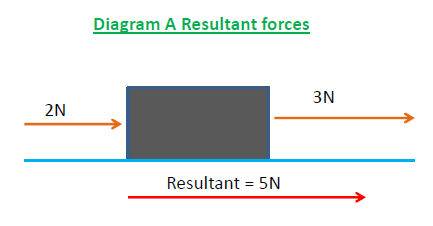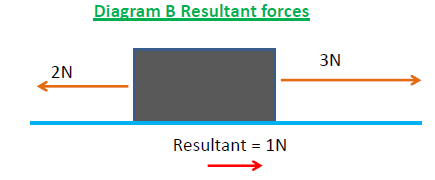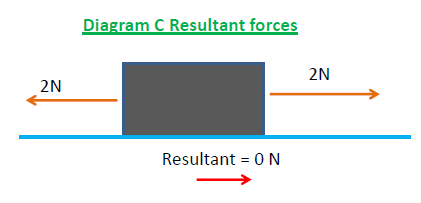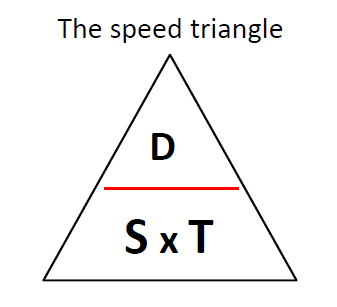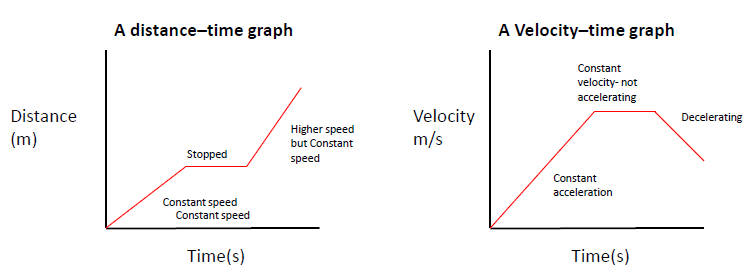  
|
||||||||||||||||||
| Home | Biology | Chemistry | Physics | 2 Min Videos | Science skills and Practicals | Extended response Questions | 11-14 Science | Big Moments in Science | Link up with us | |||||||||
Forces and motion |
Reflections and Exam tips |
|||||||||||||||||
A force is a push or pull. Forces are measured in Newtons (N) 1N = 100g or 1kg = 10N. This means that a mass of 1kg is pulled down by a force of 10N. This is its weight. Resultant forces (balanced and unbalanced forces)A force has a magnitude (size) and a direction. The size of the force is proportional to the length of the arrow which represents it. Two forces acting on an object produce a resultant force. This is the overall force produced as a result of the interaction of the 2 forces. Look at diagrams A to C below: How was the resultant force calculated?
The resultant force can change the state or motion of an object. You can quickly remember how the object will change using the table below:
Forces and motionSpeed = Distance (m) / Time (s) The units are therefore m/s. You can easily work out questions using the speed triangle below: Just cover whichever you have not been given. the red line means divide.
In Physics, the most common quantity we talk about is Velocity. Velocity is speed in a given direction. AccelerationAcceleration is the rate of change of speed. In terms of forces: Acceleration = Force (N) / Mass (kg) So: a = F/m =m/s/s (metres per second squared) In terms of velocity (speed): Acceleration = Final velocity (v) - Initial velocity (u) / Time taken (s) so: a = v - u / t Velocity- time and Distance- time graphs
Distance- time graphs
Velocity- time graphs
Stopping distance From the understanding of resultant forces above, you should know that when a car is travelling at constant velocity, the forward force balances the sum of all resistive forces (friction with the road surface, air resistance etc). For the car to stop, the driver must apply increase the resistive forces (apply friction using the brakes) so that the greater backward force causes the car to decelerate. Applying brakes increases friction, so the kinetic energy of the car is changed into thermal energy which is dissipated into the air. The higher the speed of the car, the greater the braking force needed to stop it. The stopping distance = Distance travelled as the driver thinks (thinking distance) + distance travelled when the braked have been applied (braking distance). Stopping distance = thinking distance + braking distance Factors affecting stopping distanceStopping distance can be affected by those factors which affect thinking distance and braking distance. 1. Factors affecting thinking distance:
2. Factors affecting braking distance
|
||||||||||||||||||
